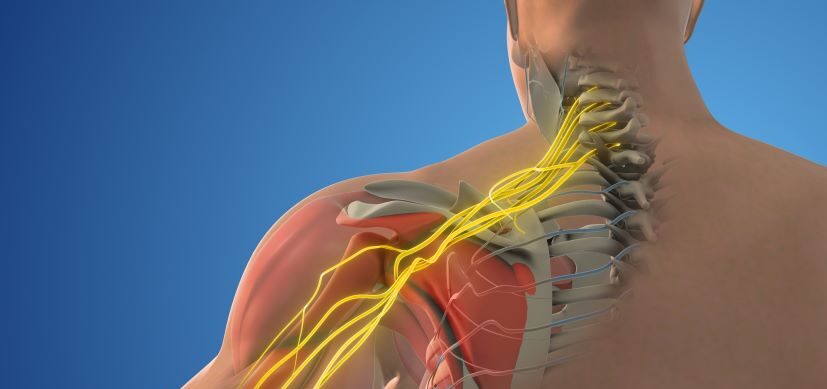Third-Hand Smoke: How Children Pick Up Surprising Levels of Nicotine Exposure
Research By: Melinda Mahabee-Gittens, MD, MS
Post Date: June 29, 2019 | Publish Date: March 30, 2017

“This is the first study to show that children’s hands hold high levels of nicotine even when parents are not smoking around them.”
Children may carry significant levels of nicotine on their hands just by coming into contact with items or surfaces contaminated with tobacco smoke residues, even when no one is actively smoking around them at the time.
This is the key finding of a pilot study published in the BMJ journal Tobacco Control and conducted by researchers at Cincinnati Children’s Hospital Medical Center and San Diego State University. The current study involved 25 children and is being followed up by a larger analysis of exposure data collected from more than 700 additional children, according to the researchers.
“This is the first study to show that children’s hands hold high levels of nicotine even when parents are not smoking around them,” said Melinda Mahabee-Gittens, MD, co-investigator on the study and a physician in the Division of Emergency Medicine at Cincinnati Children’s. “Parents may think that not smoking around their child is enough, but this is not the case. These findings emphasize that the only safe way to protect children from smoke exposure is to quit smoking and ban smoking in the home.”
COTININE CORRELATION
Researchers found that the presence of significant nicotine on the hands of children was associated with equally significant levels of the harmful tobacco metabolite cotinine in their saliva. Exposure to these contaminants causes numerous health problems in infants and children, according to the U.S. Centers for Disease Control. These include respiratory and ear infections, more frequent and severe asthma attacks, and other ailments.
Children in the current study were tested with parental consent during emergency room visits from April-September 2016 for illnesses possibly related to secondhand smoke exposure (rhinorrhea, difficulty breathing, etc.) The average child age was 5 and all of the children were at risk of varying degrees of second-hand smoke exposure, as all of their parents were smokers.
Researchers used specially designed hand wipes to extract nicotine from the hands of participating children and took saliva samples to look for corresponding levels of cotinine. All of the children had detectible nicotine levels on their hands and all but one had detectable cotinine in saliva.
KIDS TOUCH EVERYTHING
House dust and surfaces are important sources of exposure for pesticides and other toxic substances in young children. Mahabee-Gittens and her colleagues point to the age-associated behaviors of young children, how they interact with different items in their environments, and the tendency for kids to put their hands in their mouths.
Previous studies have shown persistent residue from secondhand smoke accumulates in dust, on home surfaces, on the clothes worn by smokers and on different household objects like toys, etc.
Researchers would like to include in their follow-up research an examination of how much secondhand smoke and thirdhand smoke each contribute to overall tobacco exposure in children, and more specifics on how these exposures affect child health. They also want to look at preventive measures for better protecting children from overall tobacco exposure.
—By Nick Miller
Learn more about the risks of smoking
| Original title: | Preliminary evidence that high levels of nicotine on children's hands may contribute to overall tobacco smoke exposure |
| Published in: | Tobacco Control |
| Publish date: | March 30, 2017 |
Research By








